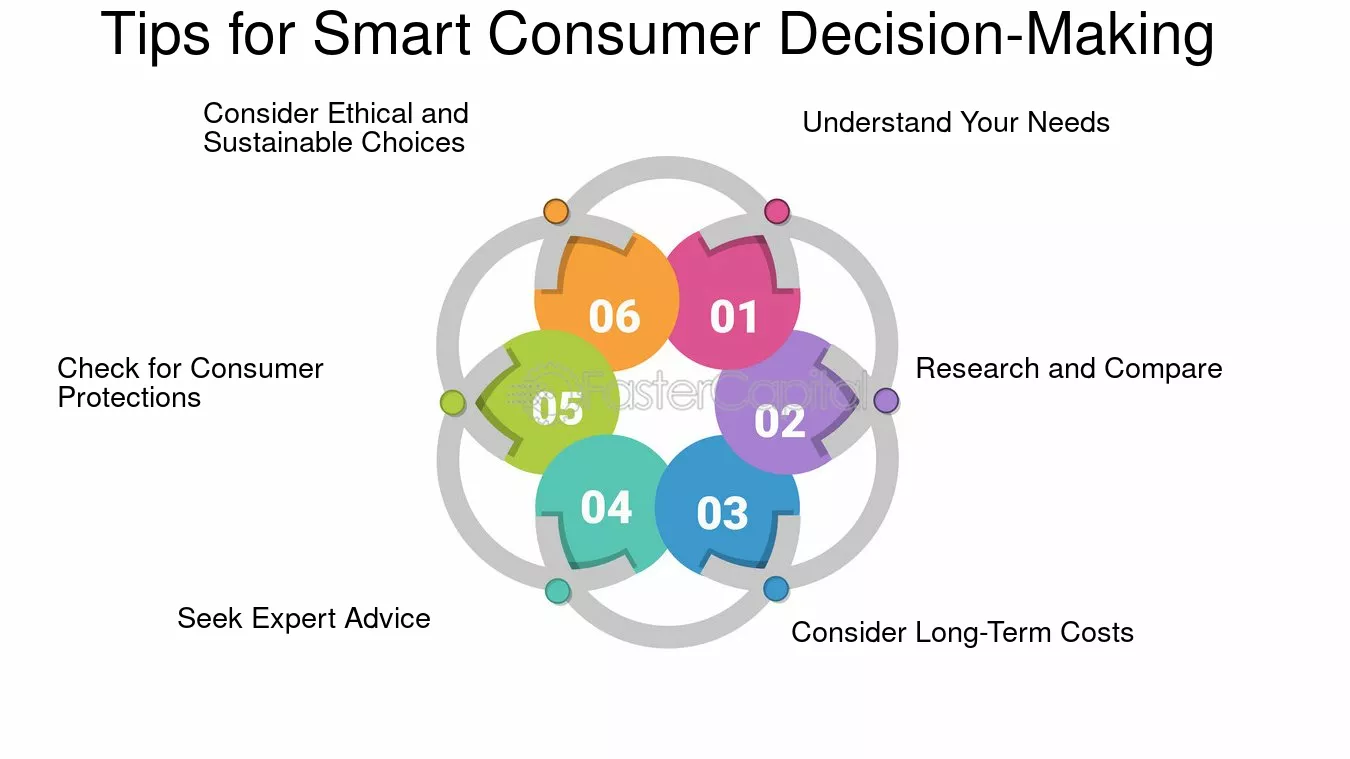
Making smarter purchases is more than just finding the best deals; it’s about ensuring your rights as a consumer are protected. With a better understanding of your consumer rights and the tools available, you can make informed decisions and avoid common pitfalls. This guide will walk you through key steps to make better purchases, emphasizing the importance of reviews platforms and company details in your decision-making process.
1. Know Your Consumer Rights
Understanding your consumer rights is the first step toward smarter purchasing. Consumer rights vary by country, but they generally include:
-
Right to Information: Businesses must provide clear and accurate information about their products or services. This includes pricing, terms and conditions, and return policies.
-
Right to Choose: Consumers have the right to select from a range of quality goods and services at competitive prices.
-
Right to Safety: Products must meet safety standards to ensure they are free from potential harm.
-
Right to Redress: If a product or service doesn’t meet expectations, consumers can seek compensation or remedies.
Familiarize yourself with the laws in your region. For example, in the European Union, consumers are protected under directives such as the Consumer Rights Directive and the General Product Safety Directive.
2. Research Before You Buy
One of the smartest ways to avoid disappointment is to research thoroughly before making a purchase. This includes:
-
Reading Reviews: Reviews platforms are invaluable for gauging the reliability and quality of products or services. Websites like Trustpilot, Avis Vérifiés, or Trusted Shops provide user-generated reviews that can help you understand a company’s reputation.
-
Checking Company Details: Ensure the business is legitimate by reviewing its contact information, physical address, and customer service policies. Transparency is a strong indicator of a trustworthy company.
-
Comparing Options: Use comparison tools to evaluate products or services based on price, features, and reviews. This helps you make an informed decision without being swayed by marketing tactics.
3. Pay Attention to Terms and Conditions
Before committing to a purchase, read the terms and conditions carefully. Key points to look for include:
-
Return and Refund Policies: Ensure you can return a product or get a refund if it doesn’t meet your expectations.
-
Warranty Information: Check for warranties that protect you against defects or malfunctions.
-
Shipping and Delivery Details: Understand the delivery timeline and costs, especially for international purchases.
4. Be Wary of Scams
Online shopping has made it easier to access products worldwide, but it has also increased the risk of scams. Here’s how to protect yourself:
-
Verify Website Authenticity: Look for HTTPS in the URL and check for customer reviews to ensure the website is legitimate.
-
Avoid Unrealistic Offers: If a deal seems too good to be true, it probably is.
-
Secure Payment Methods: Use trusted payment methods like credit cards or PayPal, which offer buyer protection.
5. Leverage Consumer Advocacy Groups
Consumer advocacy groups can be a great resource for understanding your rights and resolving disputes. Organizations like the European Consumer Centre or national bodies like the Direction Générale de la Concurrence, de la Consommation et de la Répression des Fraudes (DGCCRF) in France provide guidance and support to consumers.
6. Utilize Reviews Platforms Effectively
Reviews platforms are powerful tools for evaluating businesses and products. Here’s how to use them:
-
Look for Verified Reviews: Platforms like Avis Vérifiés ensure reviews come from genuine customers.
-
Read a Range of Reviews: Don’t rely solely on glowing testimonials or overly negative feedback. Look for consistent themes in customer experiences.
-
Respond to Reviews: If you have a concern or query, some platforms allow you to engage directly with businesses through reviews.
7. Document Your Transactions
Keep records of your purchases, including receipts, invoices, and correspondence with the seller. This documentation is crucial if you need to file a complaint or request a refund.
8. Know When and How to Complain
If a product or service fails to meet your expectations, follow these steps:
-
Contact the Seller: Explain your issue calmly and provide supporting documents.
-
Escalate the Issue: If the seller doesn’t resolve your concern, escalate it to a consumer protection agency or file a complaint on a reviews platform.
-
Seek Legal Assistance: As a last resort, consider legal action to enforce your rights.
Conclusion
Making smarter purchases involves a combination of research, vigilance, and a clear understanding of your rights. By leveraging reviews platforms and verifying company details, you can minimize risks and make confident decisions. Whether you’re buying a new gadget, booking a service, or shopping online, these steps will help you shop smarter and protect your interests as a consumer.





Leave a Reply